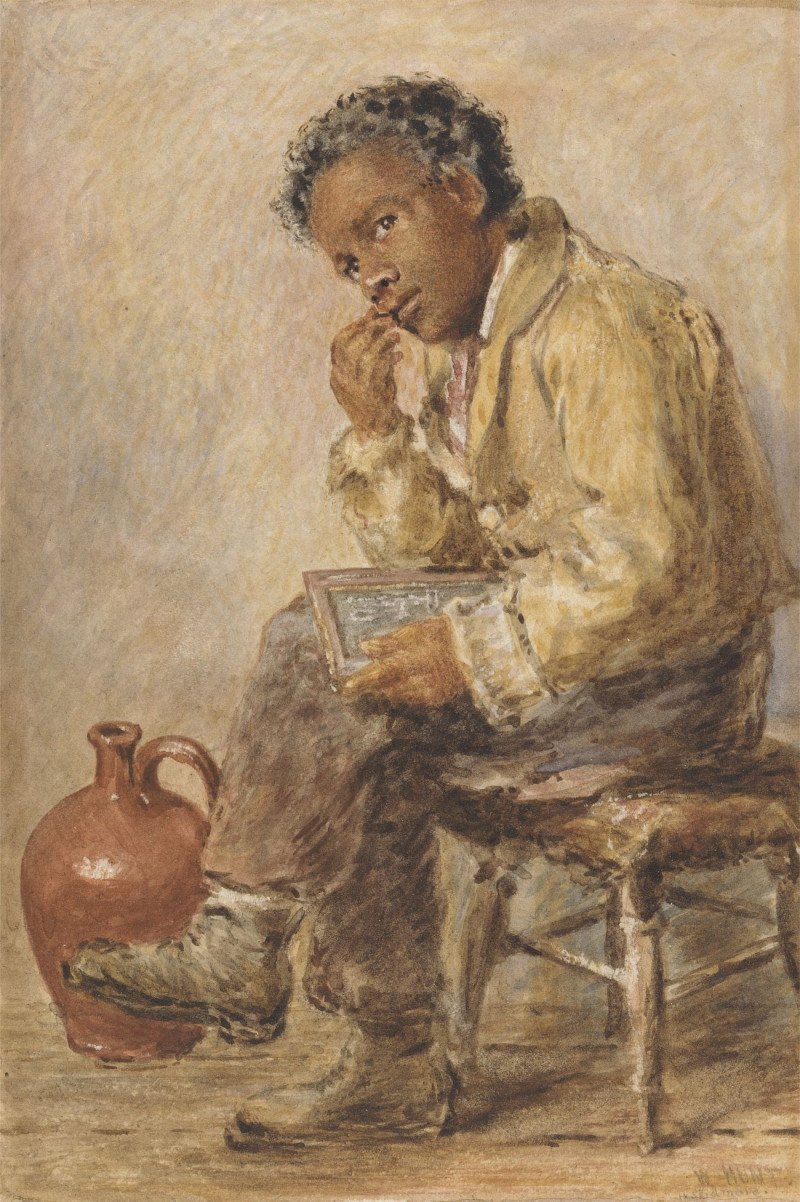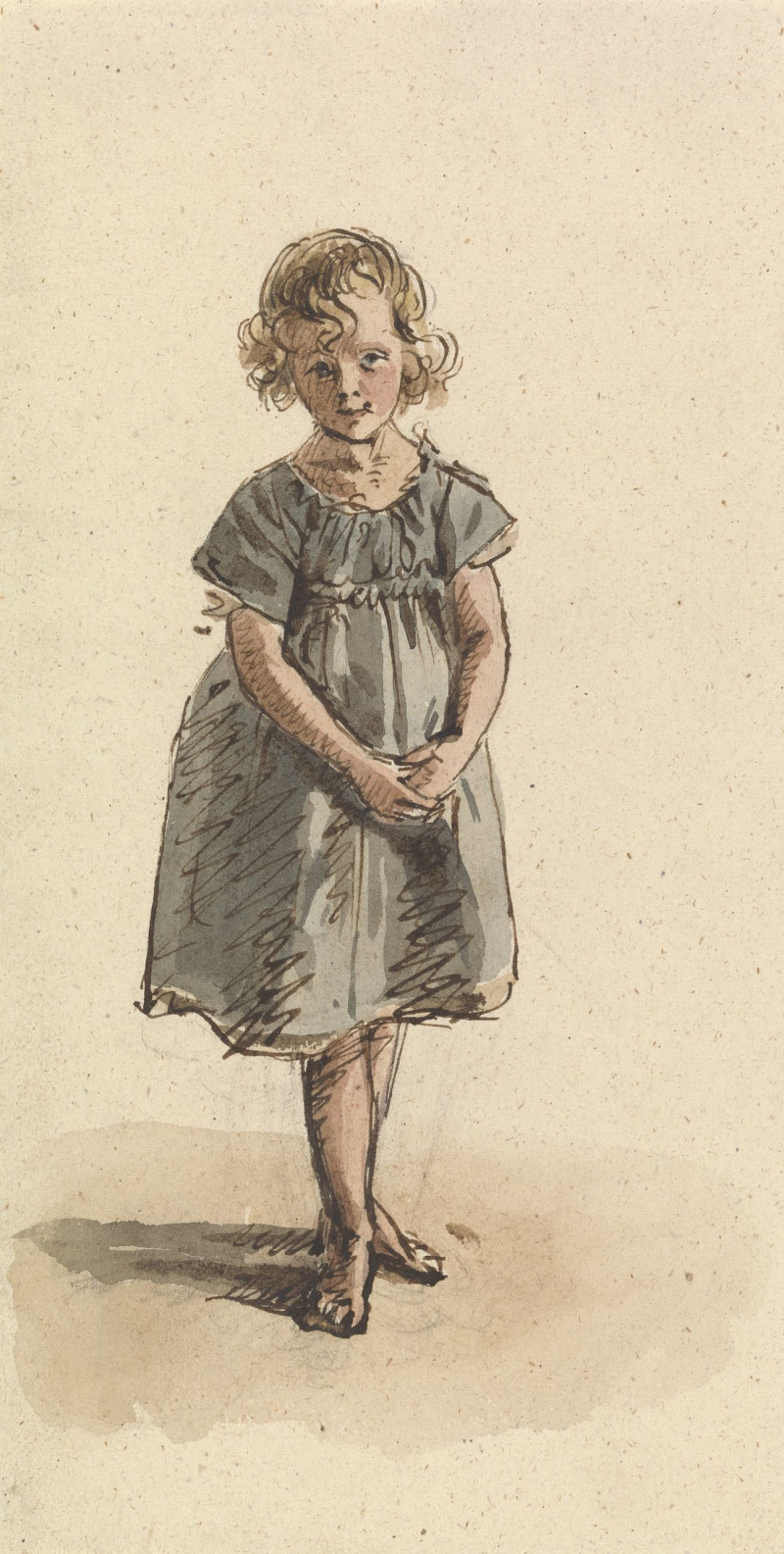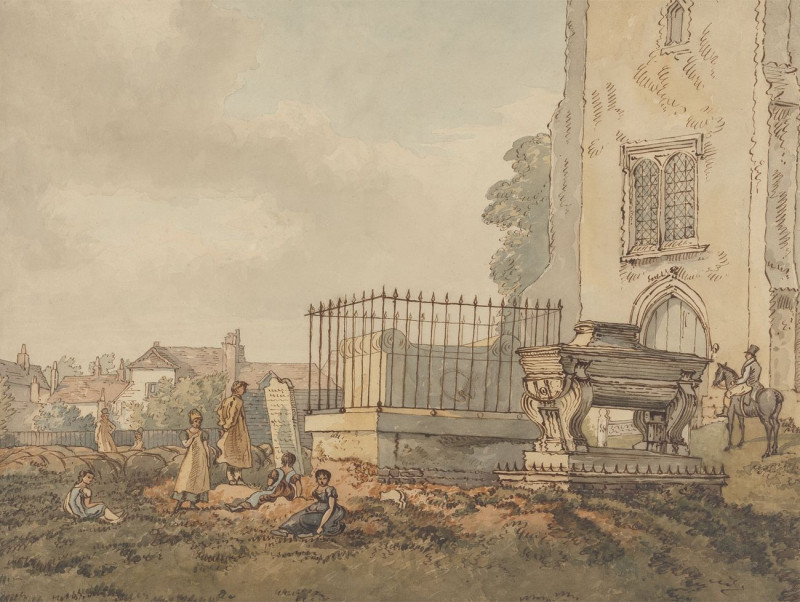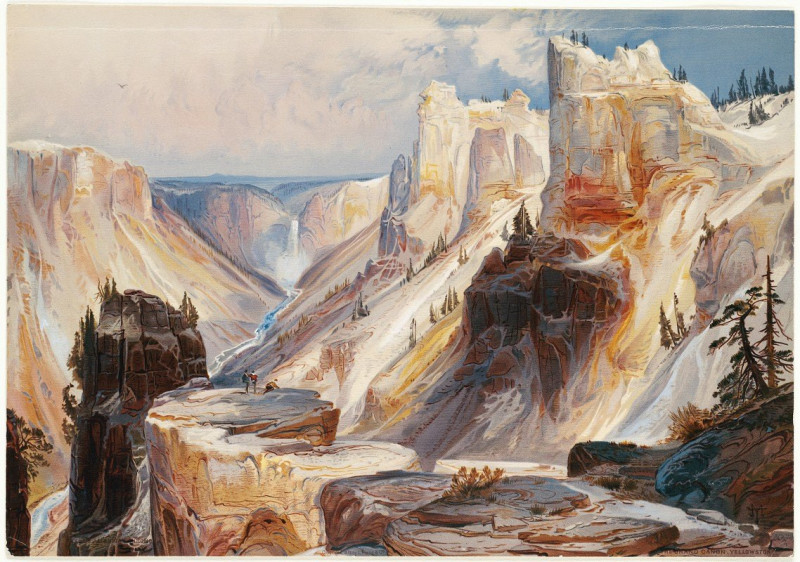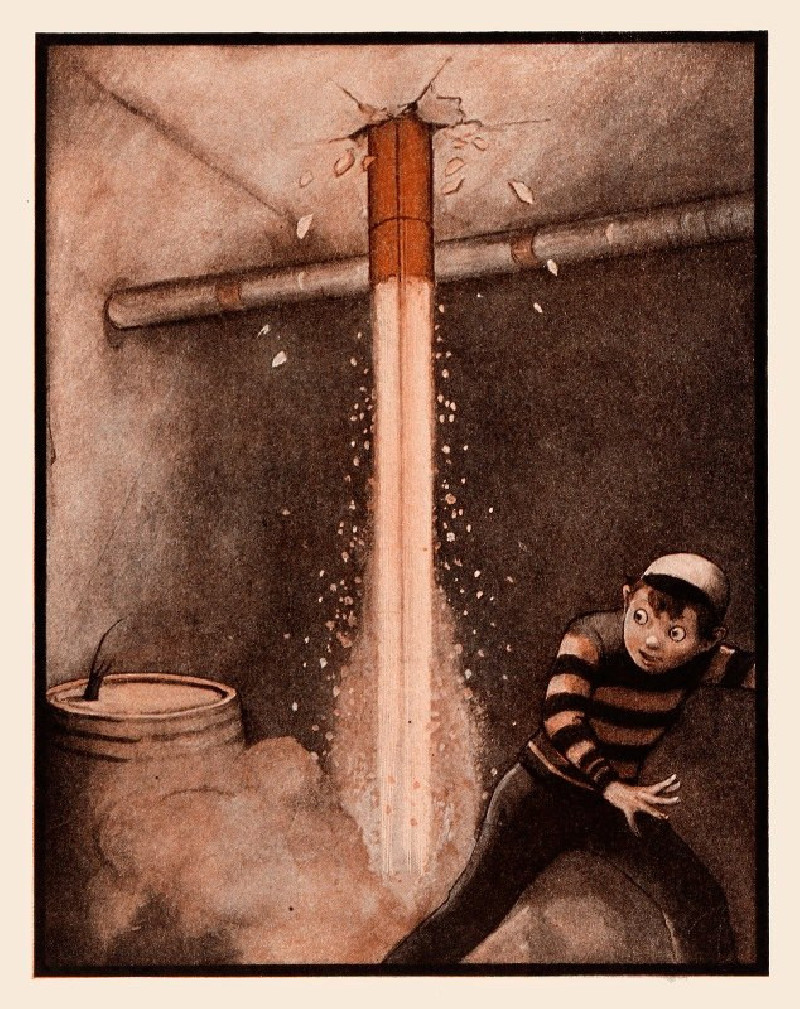A Dead Hare And A Cooked Lobster On A Bench
Technique: Giclée quality print
Recommended by our customers
More about this artwork
The painting titled "A Dead Hare and a Cooked Lobster on a Bench" by William Henry Hunt captures a striking and somewhat unusual combination of elements that offer a glimpse into culinary and artistic nature representations of the 19th century. In this watercolor, the artist has depicted a limp, lifeless hare alongside a vividly red, cooked lobster, both placed on what appears to be a rustic wooden bench.The hare is illustrated with a sense of realness and painstaking detail; its fur is textured and its bodily form is relaxed in a natural, lifeless posture. Its eyes are closed, adding to the gravity of its death. Next to the hare, the lobster provides a stark contrast in color and texture. Cooked to a rich red, the seafood is shown with its characteristic large claws and long antennae, highlighting not only its culinary appeal but also its natural form and the artistry involved in its depiction.This combination of subjects, both sources of food yet drastically different in their habitats and connotations (land and sea), creates an intriguing visual dialogue. The pairing might suggest themes of death, the transience of life, or perhaps the bounty of nature – themes that are often explored separately but are here juxtaposed in a single composition. The use of watercolor enhances the textures and the naturalistic quality of the depicted subjects, making the painting an intimate observation of these elements as well as a display of Hunt's skill in capturing the essence of varied textures and forms.
Delivery
Returns
William Henry Hunt (1790–1864), a 19th century British painter and watercolorist specialized in still life compositions. His early works were watercolor landscapes and portraits, but he later concentrated on painting still lifes of flowers, fruits, bird nests and eggs, figures in domestic settings and candlelight scenes. He is famous for developing a unique technique to create an enamel-like appearance to his paintings, which influenced many Victorian artists.





